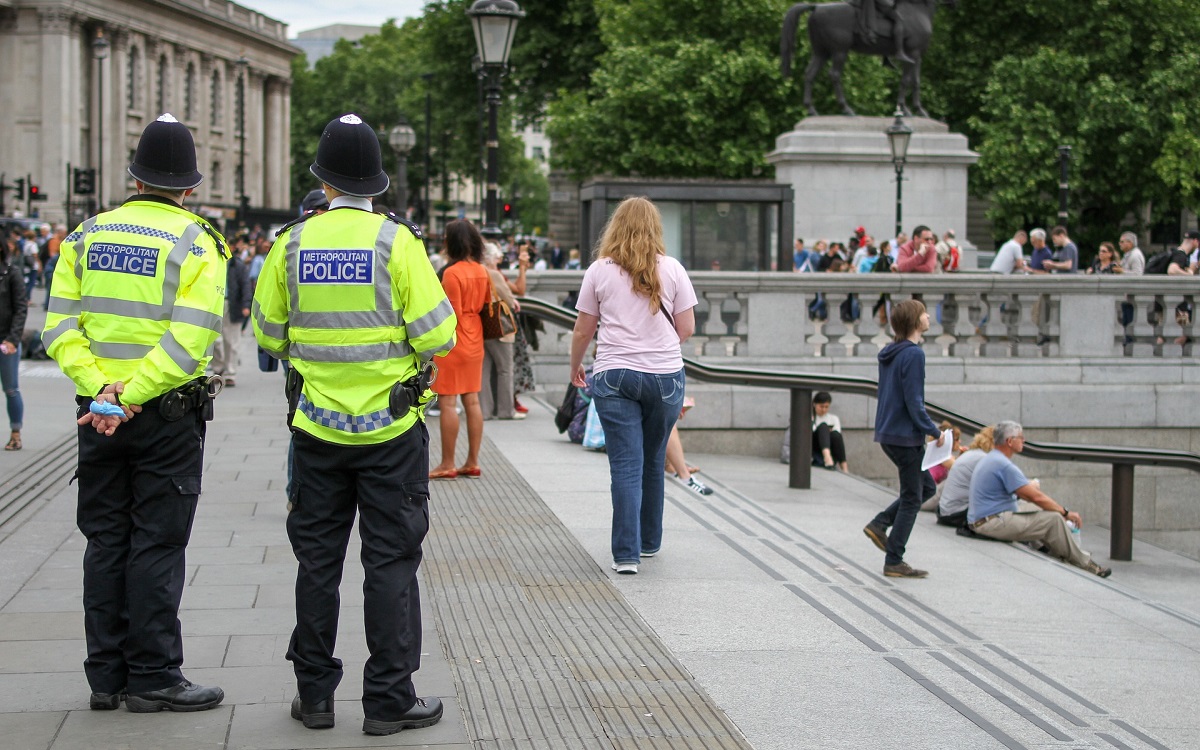By Dr David Rowlands, published: 18/04/2023.
The disproportionate stop and search (S&S) of young black people is an enduring issue that sparks significant media coverage and political discussion, with implications for police legitimacy. Indeed, racial disparities exist in other areas of policing and are repeated in the wider Criminal Justice System. While the MacPherson Inquiry (1999) brought the issue to the public arena, critical debate concerning institutional police racism in the UK dates as far back as the 1970s. That little appears to have changed decades later is alarming and identifies a societal imperative to resolve the issue. UK studies identify stereotyping in officer decisions to S&S, but research also reveals a variety of neighbourhood level factors that intersect with race when it comes to disproportionate police contact. While it is important not to lose focus of racial inequalities, these findings suggest a need to dig deeper to understand the complex drivers underpinning disproportionality for the problem to be addressed.
Sowing the seeds of hostility
UK studies show that officers’ decisions to S&S sometimes draw on stereotypes based on racial characteristics rather than robust intelligence, along with other ‘usual suspects’ characteristics, such as being street-present in groups and ‘looking like a drug user’ 1. Taking a process perspective, Procedural Justice Theory suggests that S&S encounters perceived as biased and unjust serve to socialise people into negative relationships with the police, characterised by a lack of trust and the belief that their interests are not represented by the ‘system’. This undermines police legitimacy and pulls people into the Criminal Justice System, forming part of a wider social exclusion while promoting affiliation with problematic groups and causing rather than preventing crime. For ethnic minorities, the problem is compounded by decades of embedded intergroup hostility towards the police built on experiences of police racism.
Neighbourhood factors
Race is at the centre of the disproportionality debate but other factors also appear to be at play. Research is beginning to show that S&S, as well as being racially disproportionate, occurs more frequently in disadvantaged neighbourhoods with high crime rates, particularly violent crime. A recent pilot study of a UK regional police force found that S&S hotspot areas revealed consistent racial disparities, but also greater ethnic minority residential concentration, multiple deprivations, high drug-related incidents, and high crime rates (KPAC, 2021). Though exploratory in nature, these results point to consistent intersecting local drivers of S&S.
High crime and high violent crime levels in S&S hotspots indicate demand for police deployment to these areas. In theory, that S&S hotspots are violent crime hotspots legitimises the use of S&S; however, for many young people S&S represents an initial point of contact with the police, with the very presence of officers in their neighbourhood increasing the likelihood of S&S taking place. In fact, most S&S encounters result in ‘No Further Action’, and the small proportion that produce ‘positive outcomes’ usually relate to minor drug offences (Home Office, 2021). Furthermore, studies indicate the tactic has limited value as a violence reduction tool, while others contend that there is no evidence supporting the effectiveness of S&S over other policing methods. Troublingly, studies also emphasise the negative impacts of S&S on mental health, social stigma, criminalisation and life chances.
Intersectionality and compounding impacts
Emerging neighbourhood level studies suggest that high volumes of S&S and violent crime are concentrated in similar demographics. Studies show that embedded social disadvantage, school exclusion, time spent with peers on the street and lack of trust in the police are key risk factors for perpetration and victimisation of violent crime. Combining these studies, the indication is that ethnic minorities living in deprived areas with a greater likelihood of being stopped and searched may also be more vulnerable to involvement in violent crime. By being on the street with peers, certain groups are more likely to experience S&S encounters, form negative relationships with authority, become criminalised and socially excluded with reduced opportunities for gainful employment 2. As Professor Simon Harding argues, this positions them to follow pathways into crime as a route to money and respect. Indeed, such conditions also place young people at greater risk of recruitment into gangs, drug dealing and serious violence.
The need to recognise intersectional and interactional factors
So, those vulnerable to S&S are also vulnerable to being involved in serious violence, with these vulnerabilities made worse through interactions with the police. Seen in this light, the disproportionately debate becomes broader and more nuanced. With consistent racial disparities, lack of positive criminal justice outcomes, and downstream impacts, the question emerges as to the value of S&S. However, crucially, that many risk factors for police contact are underpinned by structural social disadvantages, or group vulnerabilities, highlights the multifaceted drivers of policing inequalities that need to be contextually understood and addressed holistically.
A place-based approach of this kind forms a key part of the Vulnerability & Policing Futures Research Centre’s work. One of the Centre’s studies will map the services used by vulnerable people and demand for these services in Bradford. This will look at connecting services and data to improve whole systems provision for vulnerable populations. The intersection of disproportionate S&S with other risk factors speaks to the Centre’s other research projects, which focus on groups vulnerable to involvement in criminal exploitation and serious violence, such as drug users, homeless and mentally ill populations. Tensions and legitimacy issues between the police and over-policed communities speaks to the Centre’s work on understanding public attitudes towards police activity. By combining these different approaches, I hope the Centre’s work will help to better understand the complex causes of disproportionality, and help answer questions concerning the most effective use of policing and other public services to address underpinning vulnerabilities.
1 See: Quinton, 2011; Ariza, 2015; Delsol & Shiner, 2015.
2 See: (Elmer and Reicher; Flacks, 2018)

